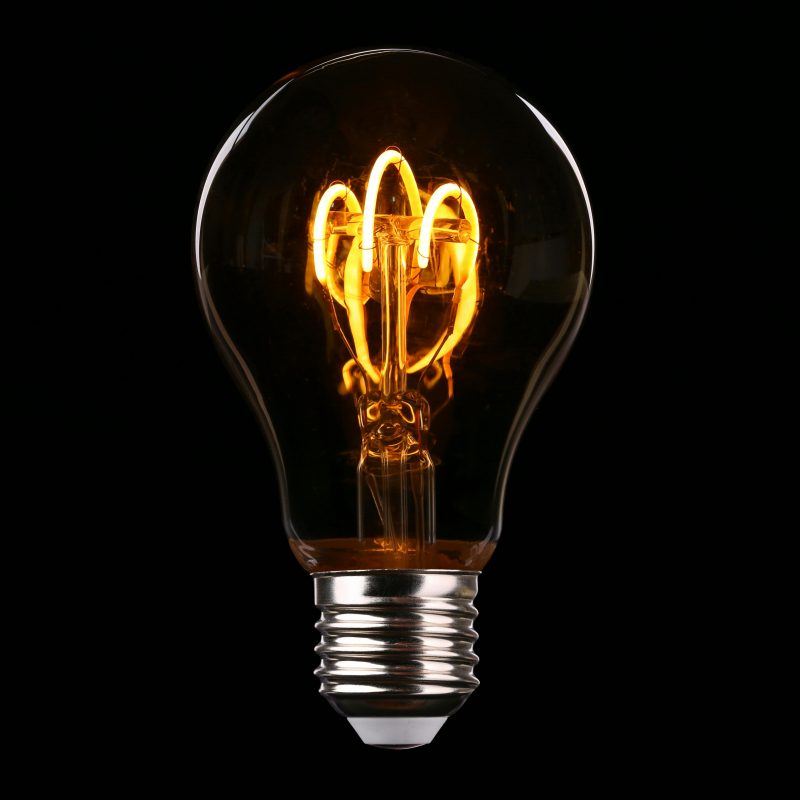Energy bills can be really confusing, but we’re here to help break it down.
Bill Confusion
In a Which? survey in 2022, 2 in 5 adults identified areas of an energy bill that they found confusing, with 13% of customers reporting that they had to contact their providers to seek clarification or help with queries relating to bills, direct debit, or credit balances they had received.
47% of customers reported feeling stressed, and 49% anxious, when faced with their energy bills.
This highlights how many of us struggle to understand the nitty-gritty of our energy bills, and how this can have an emotional (as well as financial!) impact.
Key Terms
To gain a proper understanding of our energy bills, we need to understand the terms that are often used.
- Tariff – the deal on offer from an energy company which sets out how much you pay and how long for. There are two main types of tariff: fixed and variable
- Credit – where you have paid more than enough into your account with your energy supplier to cover your energy costs
- Debit – where you have not paid enough to cover your energy costs and so owe your supplier money for the energy you have used
- kWh – Kilowatt Hour – a measure of how much energy you are using per hour
- Standing charge – a daily fee charged by your energy provider for being connected to the gas grid or electricity network. You pay this regardless of how much energy you use
- Unit rate – the price for each unit of gas or electricity you use. This is calculated as pence per kilowatt hour
- Wholesale costs – the price that energy suppliers buy energy at. This makes up the largest component of your bill, with suppliers then adding other operational costs before arriving at a price which is charged to you as the customer
- Customer number – a unique number given to you by your energy supplier to help them identify you. Make sure to make a note of this in case you need to access your online account or contact your supplier
- Energy Price Cap – a cap on how much energy suppliers can pay you for each unit of energy you use if you’re on a standard variable tariff in England Scotland or Wales. This is calculated every three months, with changes mainly based on wholesale energy costs. For more info on the Energy Price Cap, click here.
Fixed vs Variable
With variable tariffs (also referred to as ‘standard’ or ‘default’ tariffs), the unit price and standing charge can go up or down. You can usually leave a variable rate contract when you want without facing any fees for doing so.
With fixed rate tariffs, your unit rate and standing charge remains fixed. These tariffs usually last for a set period of time, such as 12 or 24 months. If the wholesale price of energy changes you will still pay the rate you agreed upon with the supplier for the remainder of your contract. So if wholesale prices go up, you could end up paying less on a fixed rate tariff, and if they go down, you could end up paying more than you need to.
When Receiving Your Energy Bill, Check…
- That your name and address is correct
- The billing period doesn’t cover time before or after you lived at the property
- The meter serial numbers (MSN), meter point administration numbers (MPAN), and meter point registration numbers (MPRN) are the same as those on your gas and electricity numbers.
